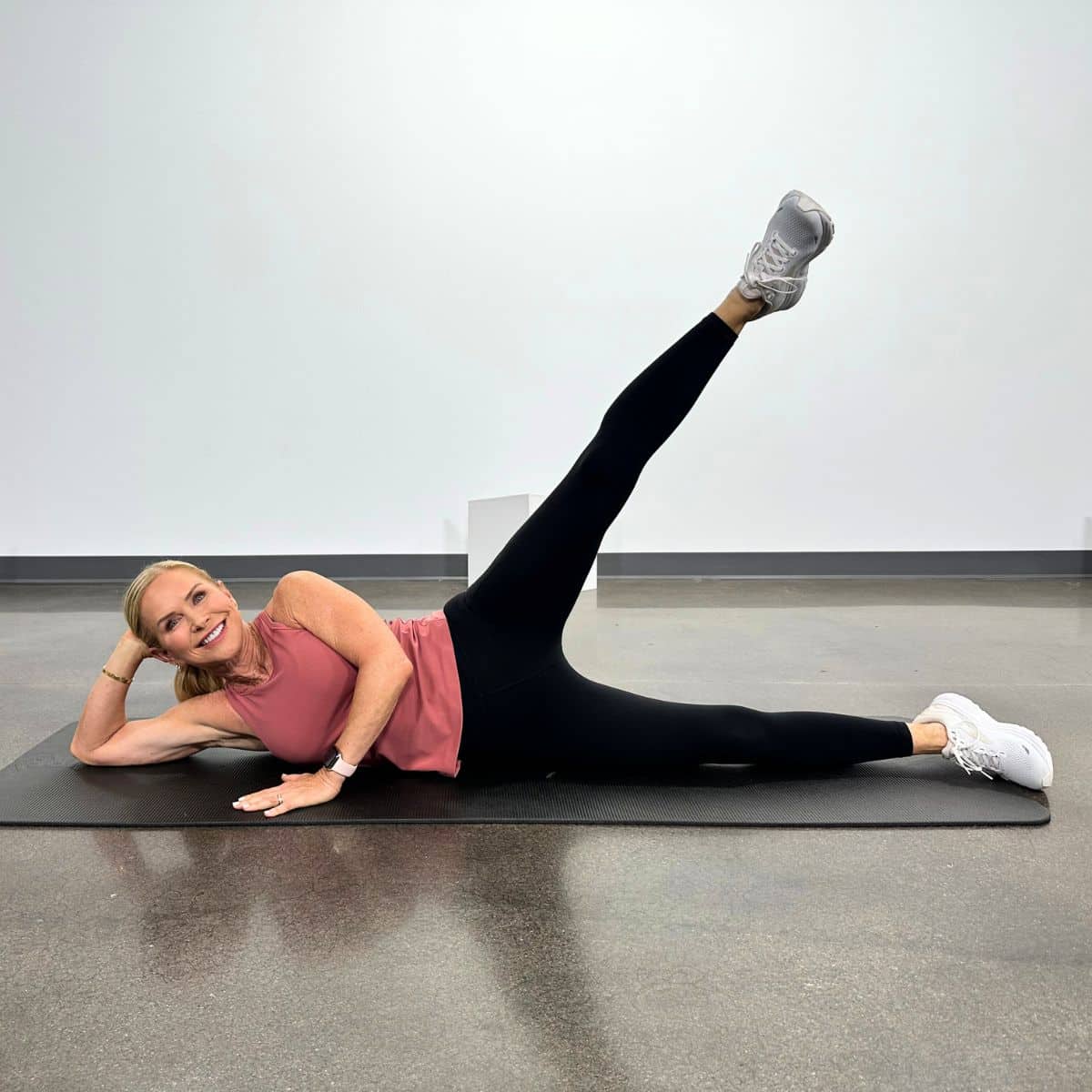
Staying active is essential for overall health, but knee pain can make exercising difficult or uncomfortable. Whether you’re dealing with arthritis, a past injury, or general knee sensitivity, knee-friendly workouts allow you to maintain fitness without aggravating your joints. This guide explores the best low-impact exercises and techniques to protect your knees while keeping you active and healthy.
Knee pain is a common issue affecting millions worldwide, caused by factors such as injury, overuse, aging, or conditions like osteoarthritis. High-impact exercises—such as running or jumping—can put excessive stress on the knee joint, worsening pain or causing injury. Knee-friendly workouts minimize joint strain while improving strength, flexibility, and cardiovascular health.
Before starting any exercise routine, it’s important to follow these principles to protect your knees:
Low-impact exercises reduce the stress placed on knee joints by avoiding pounding or heavy impact. This helps prevent inflammation and joint damage.
Strong muscles around the knee—particularly the quadriceps, hamstrings, and calves—help stabilize the joint and absorb shock, reducing pain during movement.

Incorrect technique can increase knee stress. Use proper alignment, avoid deep knee bends or twisting motions, and consider guidance from a physical therapist or trainer.
Start slow and increase exercise intensity and duration gradually to avoid overloading your knees.
Water supports your body weight, drastically reducing knee impact. Swimming engages multiple muscle groups, improves cardiovascular health, and helps with joint mobility.
Stationary or outdoor cycling provides an excellent low-impact cardiovascular workout that strengthens your legs and improves joint flexibility. Adjust your bike seat height to avoid excessive knee bending.
The elliptical machine mimics walking or running but with less knee stress. It offers smooth, gliding motion without the jarring impact of pavement.
Walking is a natural, low-impact exercise that can be knee-friendly when done on softer surfaces such as grass or tracks. Use supportive footwear and avoid uneven terrain.
Both yoga and Pilates focus on flexibility, balance, and strength. Many poses can be modified to minimize knee strain, promoting joint health and pain relief.
Targeting muscles that support the knee joint can prevent pain and injury. Examples include:
Some activities put excessive strain on your knees and may worsen pain or damage:
Running on hard surfaces, jumping rope, or plyometrics can cause repetitive stress and inflammation in sensitive knees.
While beneficial for many, deep knee bends and lunges place heavy pressure on the joint and may aggravate pain, especially if done with poor form.
Excessive weight during leg presses can overload the knee joint, particularly if technique is improper.
Sports or exercises involving rapid twists (like tennis or basketball) can strain ligaments and cartilage in the knee.
Prepare your joints with gentle stretching and light aerobic activity before exercise. Cooling down prevents stiffness and promotes recovery.
Supportive shoes with cushioning absorb shock and improve alignment, protecting your knees during workouts.
If a movement causes pain, reduce range of motion, decrease speed, or try alternative exercises targeting the same muscles.
Allow your knees time to recover by including rest or low-intensity days in your routine.
If knee pain persists despite modifying workouts or worsens with activity, it’s important to seek medical advice. A healthcare provider or physical therapist can help identify underlying issues and recommend personalized exercises.
Staying active while protecting your knees is possible with the right workout choices. Knee-friendly exercises focus on low-impact movements, muscle strengthening, and proper technique to keep you moving pain-free. By following these guidelines, you can enjoy the benefits of exercise without compromising knee health.
Disclaimer: This article is for informational purposes only and does not substitute professional medical advice. Consult your healthcare provider before beginning any new exercise program, especially if you have knee pain or injury.